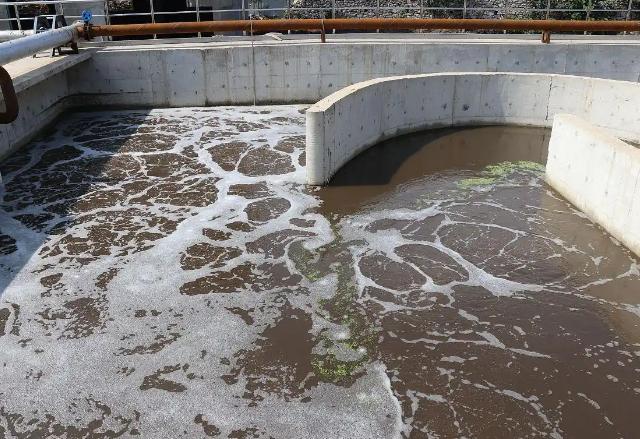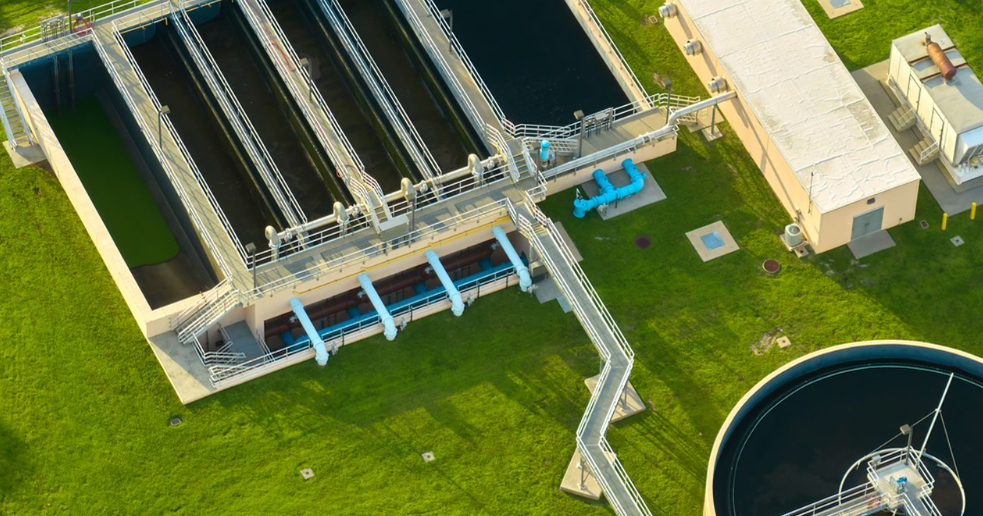During daily life and industrial washing processes, a large amount of washing sewage is generated. Among them, phosphorus is a common pollutant in washing sewage. In detergents, in order to enhance the decontamination effect, phosphorus-containing additives such as sodium tripolyphosphate are often added. These phosphorus-containing substances are discharged with the sewage during the washing process, resulting in the phosphorus content in the washing sewage exceeding the standard.
If the phosphorus-containing washing sewage is directly discharged into water bodies without effective treatment, a series of serious problems will be triggered. Phosphorus is a key nutrient element for the growth of algae. The phosphorus in the sewage will promote the excessive reproduction of algae in the water body, forming the phenomenon of water bloom. Water bloom not only affects the beauty of the water body, but also consumes a large amount of dissolved oxygen in the water, causing aquatic organisms such as fish to die due to lack of oxygen and destroying the aquatic ecological balance. At the same time, the excessive reproduction of algae will also produce peculiar smells, affecting the air quality of the surrounding environment and the quality of life of residents.

The phosphorus removal agent for washing sewage has become the key to solving this difficult problem. Chemical precipitation phosphorus removal agents are one of the commonly used types. For example, aluminum salts (such as aluminum sulfate), iron salts (such as ferric chloride) or calcium salts (such as calcium hydroxide) are added to the washing sewage. Taking aluminum salts as an example, under appropriate pH conditions, aluminum ions will undergo a chemical reaction with phosphate ions to form insoluble aluminum phosphate precipitate, and the reaction equation is: Al³⁺ + PO₄³⁻ = AlPO₄↓. Through operations such as precipitation and filtration, phosphorus can be removed from the sewage.
Biological phosphorus removal agents rely on the special metabolic functions of microorganisms such as polyphosphate-accumulating organisms. Under anaerobic conditions, polyphosphate-accumulating organisms release the phosphorus stored in their bodies; while under aerobic conditions, polyphosphate-accumulating organisms will excessively absorb the phosphorus in the sewage and convert it into polyphosphates and store them in the cells. The phosphorus removal of sewage is achieved by discharging the excess sludge rich in phosphorus.
The use of the phosphorus removal agent for washing sewage has obvious advantages. It can efficiently reduce the phosphorus content in the sewage, make the treated sewage meet the discharge standards, and effectively reduce the pollution of phosphorus to water bodies.












